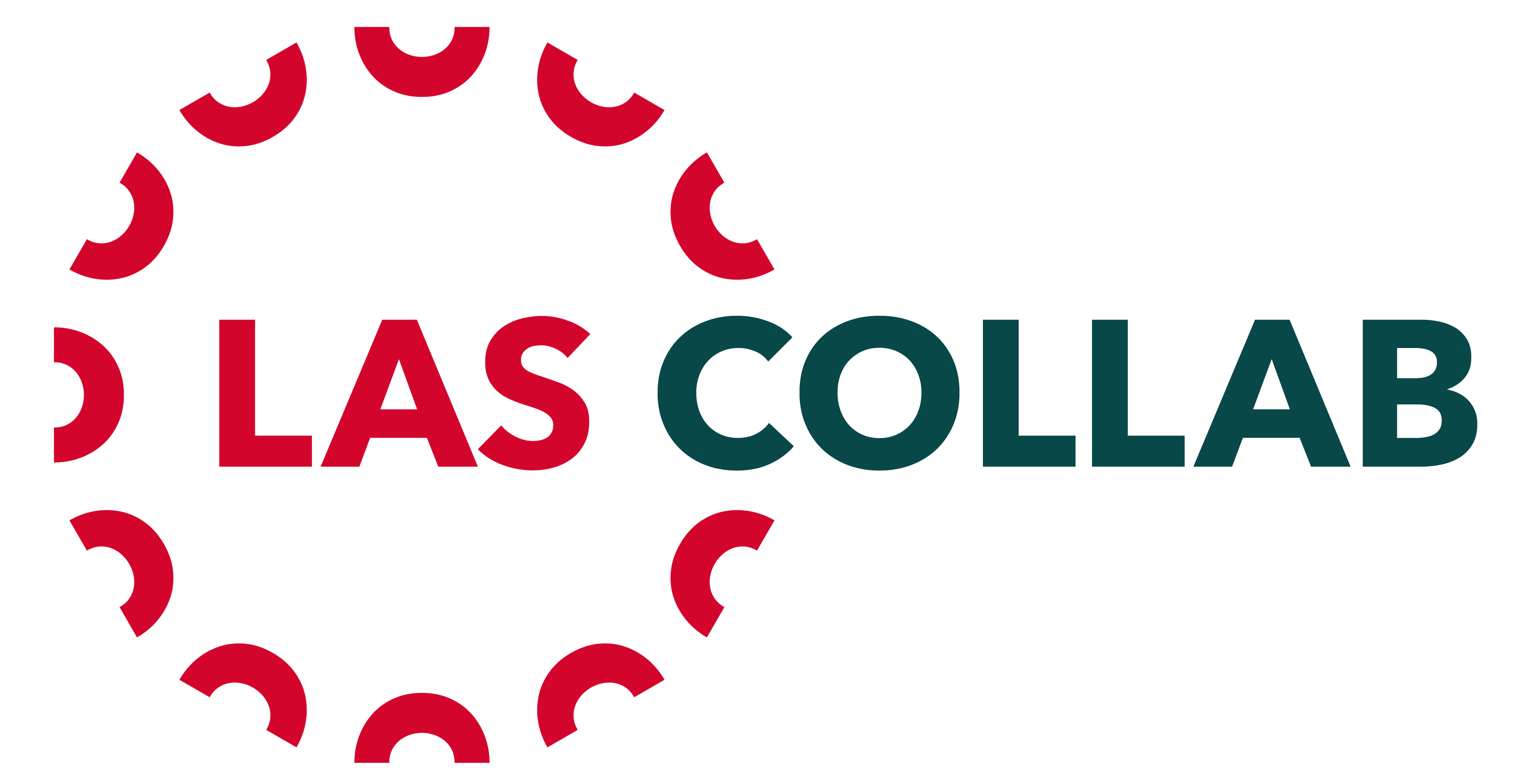Quick Guide to Allowance for Doubtful Accounts and Bad Debt Expense

Management carefully examines an accounts receivable aging schedule to estimate what amount of each account will be uncollectible. Then a journal entry is made to record the uncollectible balance by debiting bad debt expense and crediting the allowance for bad debt account. The purpose of an allowance for doubtful accounts is to anticipate and account for potential credit losses due to uncollectible receivables. This allowance ensures that the accounts receivable on the balance sheet are not overstated, giving a more accurate picture of expected cash inflows and improving financial reporting accuracy. Tracking the bad debt to sales ratio is crucial for assessing a company’s financial health.

Understanding Accounts Receivable and Uncollectibility

The allowance for doubtful accounts is a company’s educated guess about how much customers owe that will never come in. It appears on the balance sheet as a contra-asset, directly reducing the accounts receivable (AR) balance to show a more conservative, realistic value of expected collections. This means companies have to prepare for the financial impact of unpaid invoices through an accounting move known as the “allowance for doubtful accounts.” By aligning their accounting and tax strategies with IRS guidelines, companies can avoid penalties and ensure their tax returns accurately reflect their financial dealings. Regular audits and reviews can further strengthen compliance, providing peace of mind and enhancing the company’s reputation with stakeholders. To ensure compliance, companies must diligently document all collection efforts and maintain thorough records of communications and legal actions related to doubtful accounts.
- If actual experience differs, then management adjusts its estimation methodology to bring the reserve more into alignment with actual results.
- The allowance for doubtful accounts transforms an uncomfortable business reality—that some customers won’t pay—into a manageable accounting method.
- This method estimates uncollectible accounts as a percentage of current credit sales.
- Companies have been known to fraudulently alter their financial results by manipulating the size of this allowance.
- This targeted approach can provide greater accuracy for businesses with clearly defined customer segments that have different payment behaviors.
Adjusting the Allowance
You can also evaluate the reasonableness of an allowance for doubtful accounts by comparing it to the total amount of seriously overdue accounts receivable, which are presumably not going to be collected. If the allowance is less than the amount of these overdue receivables, the allowance What is bookkeeping is probably insufficient. Creating this allowance doesn’t require knowing exactly which customers will default.
Accounts Receivable Aging Method
- After almost a decade of experience in public accounting, he created MyAccountingCourse.com to help people learn accounting & finance, pass the CPA exam, and start their career.
- Two common techniques include the percentage of sales method and the aging of accounts receivable method.
- The accounts receivable aging method is a report that lists unpaid customer invoices by date ranges and applies a rate of default to each date range.
- Companies with a long operating history may rely on their long-term average of uncollectible accounts.
Schedule C, which details profit or loss from business, includes adjustments for bad debt expense. Accurate valuation of liabilities and reserve accounts ensures compliance with generally accepted accounting principles (GAAP). The allowance for doubtful accounts transforms an uncomfortable business reality—that the allowance for doubtful accounts is a contra asset account that equals: some customers won’t pay—into a manageable accounting method. By estimating potential losses before they occur, companies present a more honest picture of their financial health while properly matching expenses to the periods when they earn revenue.
- A critical step in this method is estimating the bad debt expense, which can be based on historical data, customer credit ratings, or industry standards.
- The Allowance Method is an accounting approach favored for its adherence to the matching principle, ensuring expenses and revenues are recorded in the same period.
- Upon further checking, the company believes that $10,000 of these receivables will never be collected.
- One approach is the percentage of sales method, or income statement approach.
Understanding how businesses account for potential failures to pay makes how a firm manages risk far clearer. The only impact that the allowance for doubtful accounts has on the income statement is the initial charge to bad debt expense when the allowance is initially funded. Any subsequent write-offs of accounts receivable against the allowance for doubtful accounts only impact the balance sheet. For example, a retail business analyzing five years of data might discover that about 2% of credit sales typically go unpaid. If this quarter’s credit sales total $500,000, it would record a $10,000 addition to the allowance for doubtful accounts and a corresponding $10,000 bad debt expense. Establishing an allowance https://www.grupoeurekaconsultores.com/oregon-state-tax-rate-return-complete-guide/ for doubtful accounts aligns with the accrual basis of accounting, which aims to match revenues with related expenses within the same reporting period.

